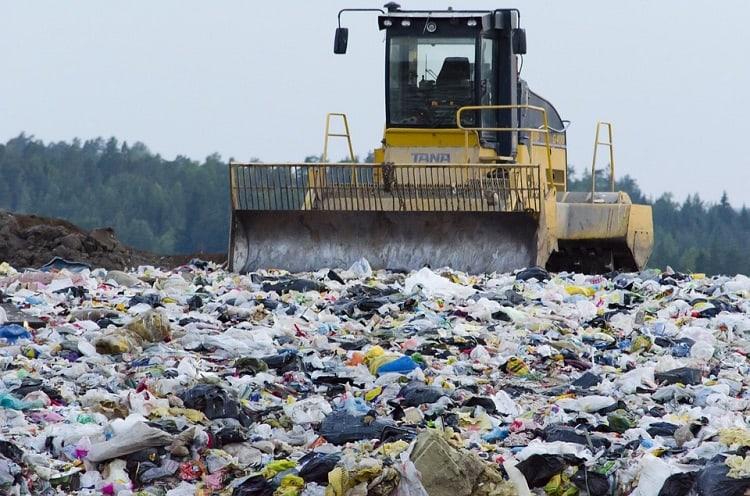Bangalore and its woes.
Bangalore (officially known as Bengaluru), is the Capital of the state of Karnataka and with a population of over twelve million, in an area of 709 square kilometers, it is the third most populous city in India. The GDP of the city was $43 billion in 2014.
Bangalore is sometimes referred to as the “Silicon Valley of India” (or “IT capital of India”) because of its role as the nation’s leading information technology (IT) exporter. Indian technological organisations ISRO, Infosys, Wipro and HAL are headquartered in the city.
A demographically diverse city, Bangalore is the second fastest-growing major metropolis in India. It is home to many educational and research institutions in India as well.
Owing to its growing population and rapid urbanisation, the city that was once hailed as the Garden City of India has now become the Garbage City of India. Solid waste generated in Bengaluru is close to 8,000 tonnes every day (almost 2.9 million tonnes a year)!
To the best of our knowledge, there are no scientific treatment method facilities for solid waste generated by municipal and industries around Bengaluru.
The Bulk Waster Generators i.e communities with more than 50 households and commercial organisations that generate over 10 kilos of waste on a daily basis are have to manager their waste in-house or contract with a BBMP empanelled service provider. They contribute 40% to the city’s waste.
Further, the efficiency of the Municipal Collection is only around 60% of which only 28% is processed. The rest of the waste goes into landfills and illegal dumping grounds – affecting the health of people in the villages surrounding them.
Sweden and its success story
Sweden, the Scandanavian nation, has a population of around ten million, in an area of 450,295 square kilometres. The GDP of the country is $542 billion.
Source: Avfall Sverige Report – Swedish Waste Management 2017
In 2016, Sweden treated 4.7 million tonnes of household wastes in the following manner:
- 6% went to material recycling.
- 2% went to biological treatment.
- 5% went to energy recovery.
- ONLY 0.7% went to landfills!
Lessons from Sweden
Everyone is accountable for the waste they generate and that is reflected directly in the management of responsibility in the Swedish system. Producers are made accountable for collecting and disposing off end-of life wastes.
This encourages them to produce economic and easily disposable products which are not detrimental to the environment. Households too are responsible for separation and disposing off wastes at designated collection points. The municipality is also held accountable to inform about waste management and content of waste plans.
Their primary focus is on material recycling and thus they prevent waste. They have 25 reuse centres which repair, clean and make products reusable and 580 recycling centres which handle bulky waste, WEEE and hazardous waste.
Next, the focus is on biological treatment, to produce:
- Biogas, a renewable source of energy which can be used as a vehicle fuel and for heating or electricity generation &
- Digestate, a fertiliser with a high nutrient content which if used instead of mineral fertiliser recycles plant nutrients back into the eco-cycle.
This could also help tackle the problem of harmful chemicals used by farmers in Karnataka – a topic for another day.
Finally, energy recovery through 34 incineration plants. In 2016, a total of 18.1 TWh of energy was produced, of which 15.9 TWh was used for heating and 2.2 TWh for electricity. In addition, three plants reported that they delivered 86,500 MWh of district cooling.
Sweden recovers more energy from waste than any other country in Europe, approximately 3 MWh per tonne. Slag waste such as glass, porcelain, iron scrap, gravel, and more are used as construction material in landfill sites and is also beneficial to be used instead of sand and gravel in road construction.
If Bangalore can adapt the Swedish model, they can not only reduce landfills and illegal dumping; but also:
- create more accountability among citizens and companies,
- generate more employment in the plants and recycling units that will be established,
- produce energy and tackle electricity shortage problem in Bangalore,
- create renewable energy like biogas and
- help agricultural sector by producing high-nutrient fertilizer like digestate.
For more detailed report on the Swedish Waste Management, please refer: The Avfall Sverige Report – Swedish Waste Management 2017
 Brinda Sreedharan is from Bangalore, India and she is part of UrbanizeHub community. She is BCom, MBA (IB), CFE (Certified Fraud Examiner). Posseses an overall experience of: 11 years in Auditing, Monitoring, Compliance, Payment Investigations & PMO roles. Speaks: English, French, Spanish, Italian, Hindi, Kannada, Tamil & (learning Korean).
Brinda Sreedharan is from Bangalore, India and she is part of UrbanizeHub community. She is BCom, MBA (IB), CFE (Certified Fraud Examiner). Posseses an overall experience of: 11 years in Auditing, Monitoring, Compliance, Payment Investigations & PMO roles. Speaks: English, French, Spanish, Italian, Hindi, Kannada, Tamil & (learning Korean).Sources: business-standard.com; omicsonline.org; indiatimes.com; sweden.se; avfallsveringe.se
Photo: thenewsminute.com







